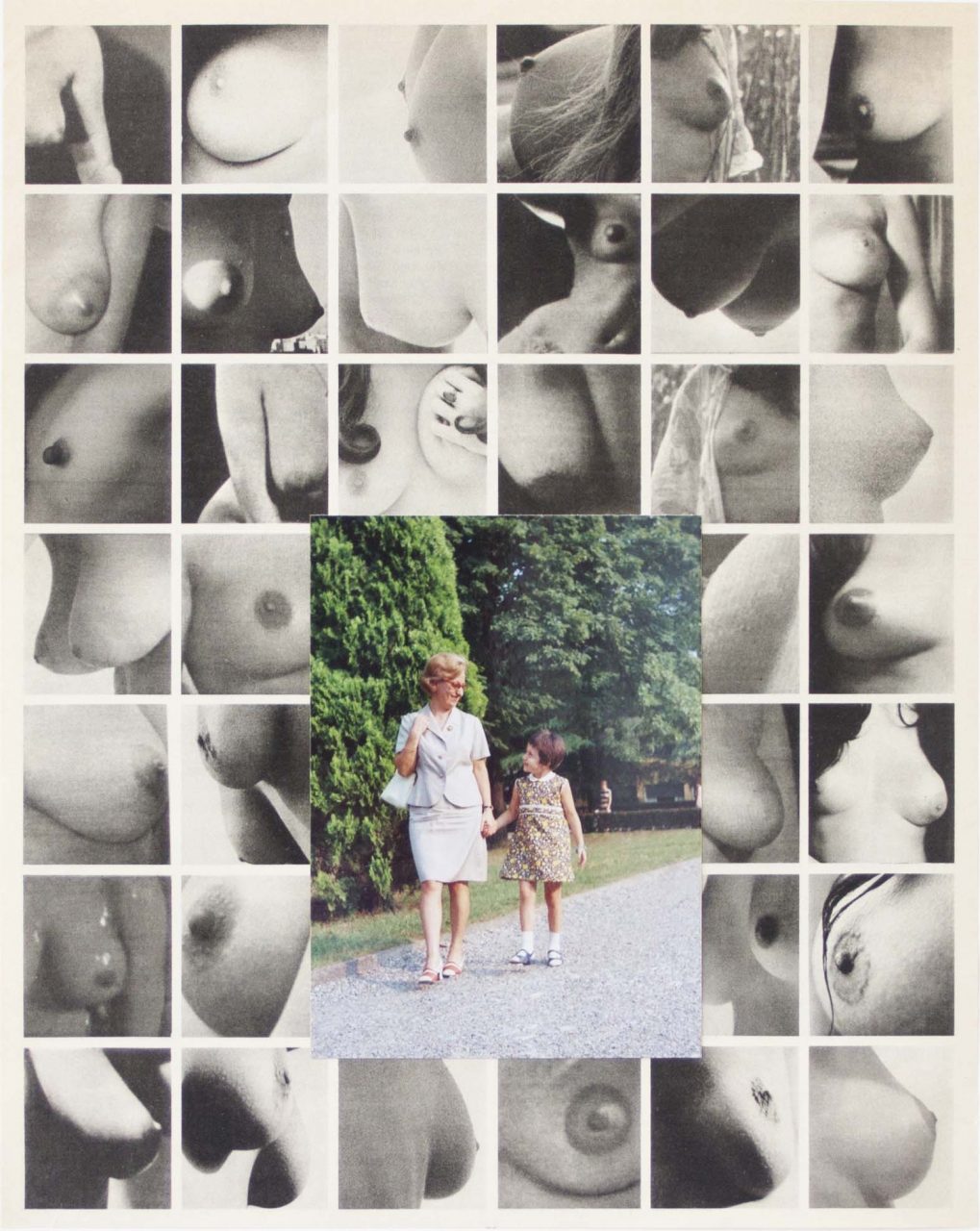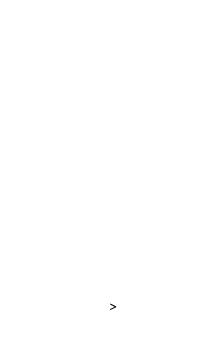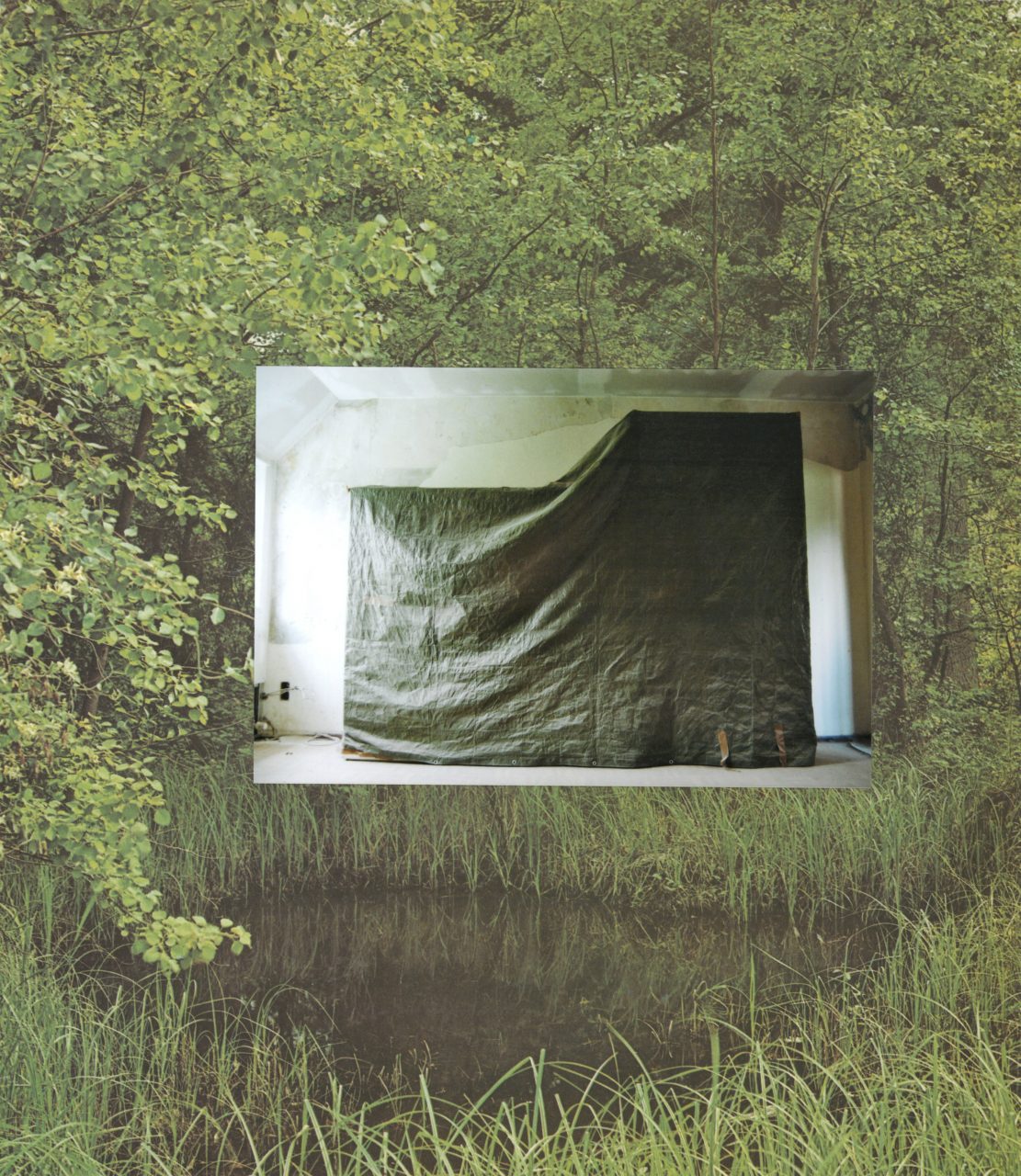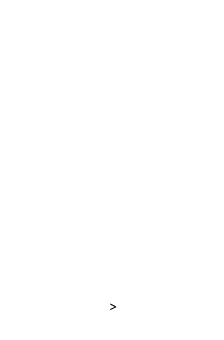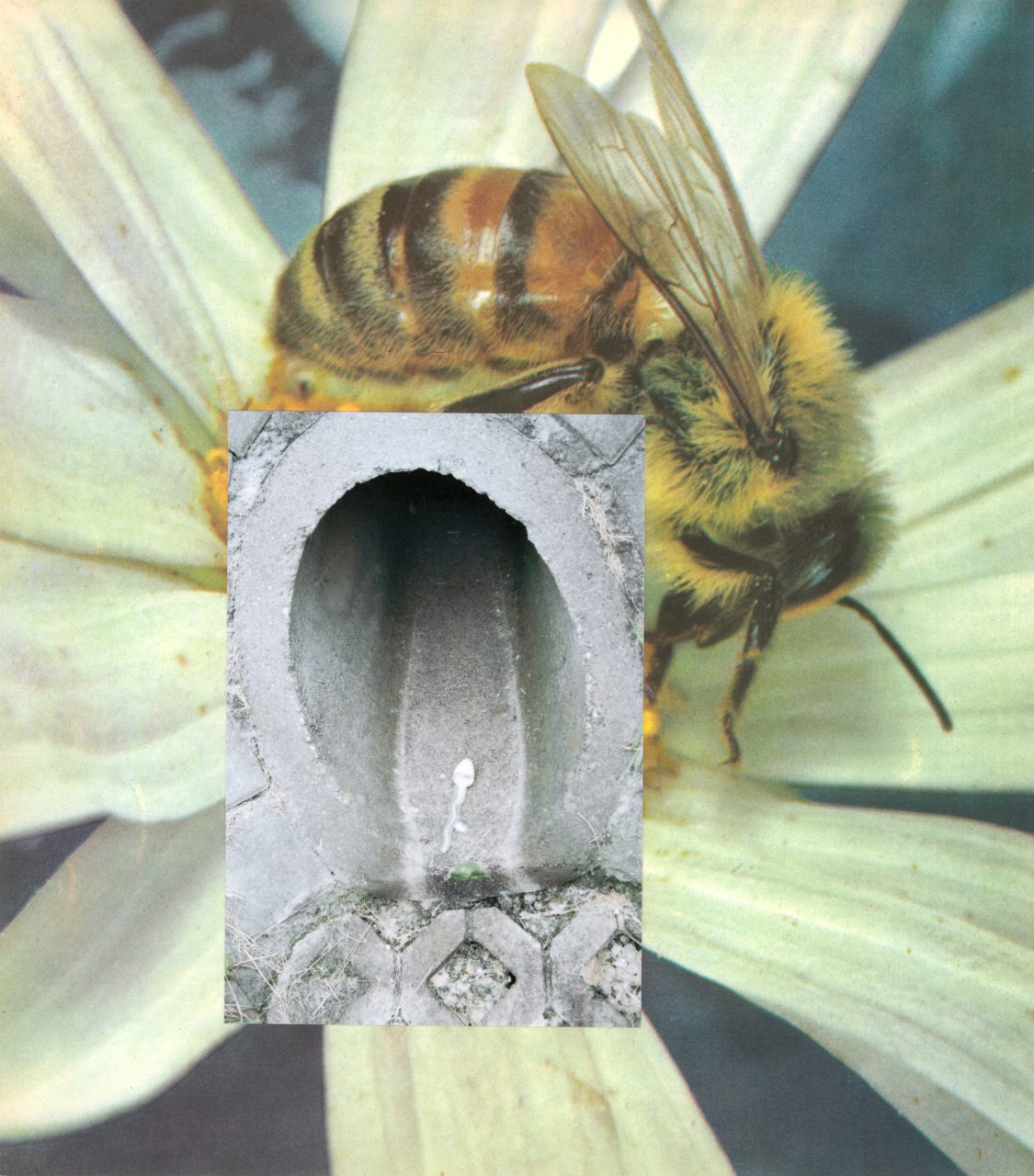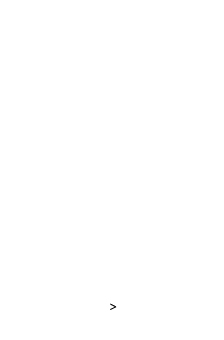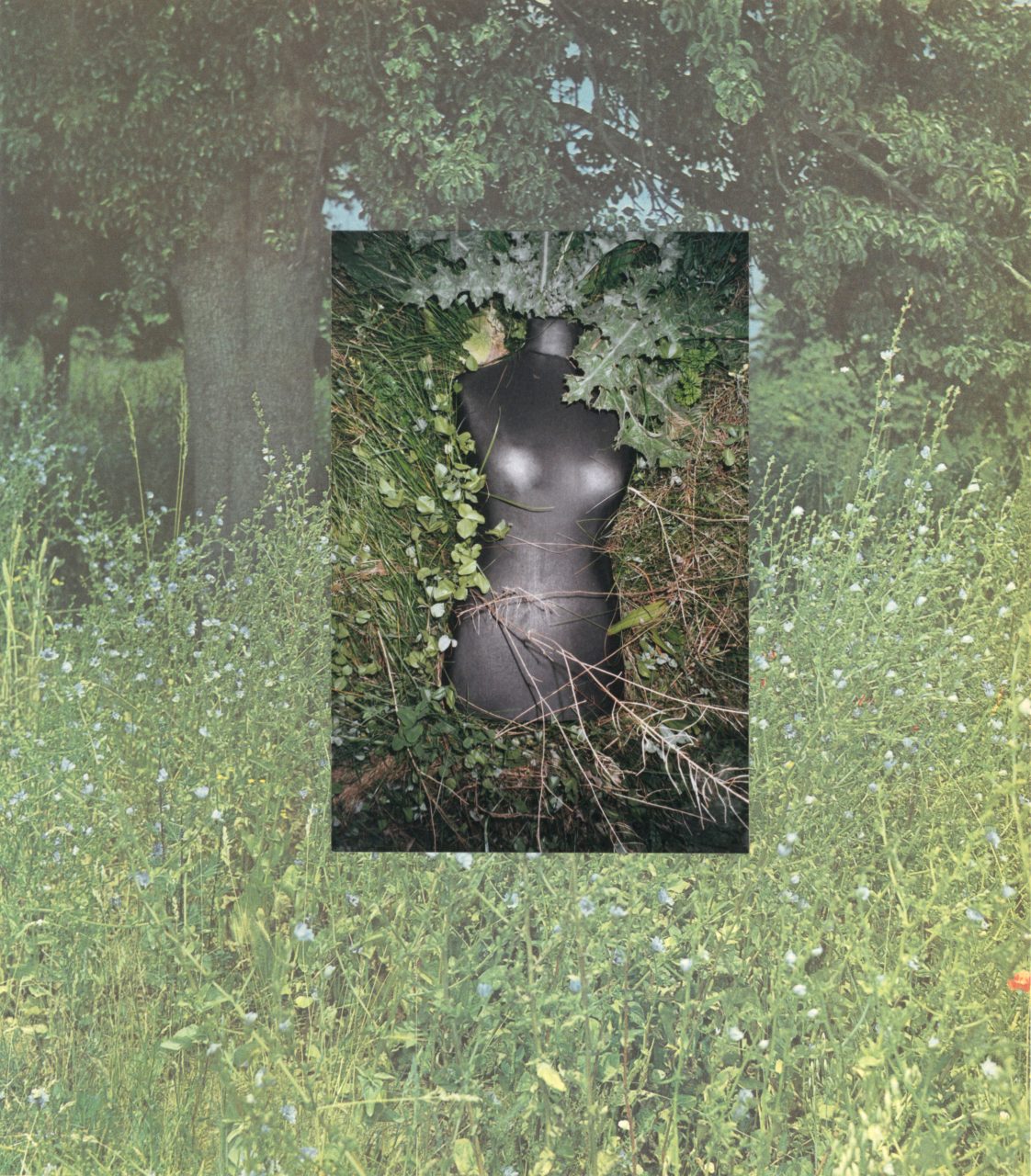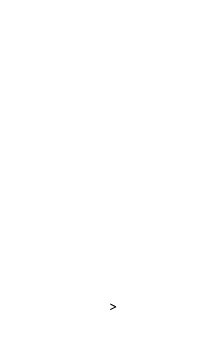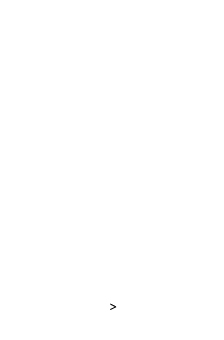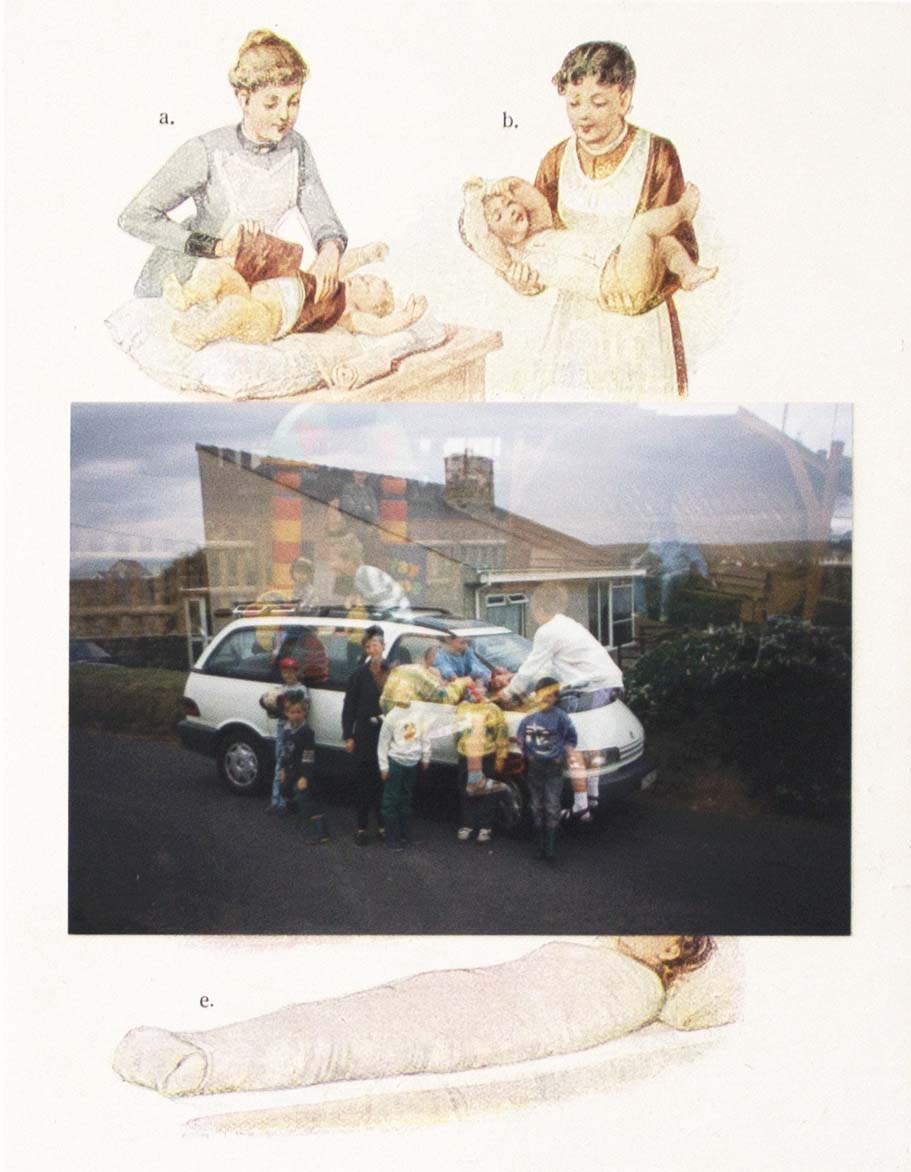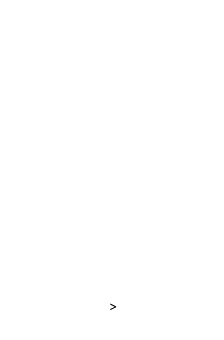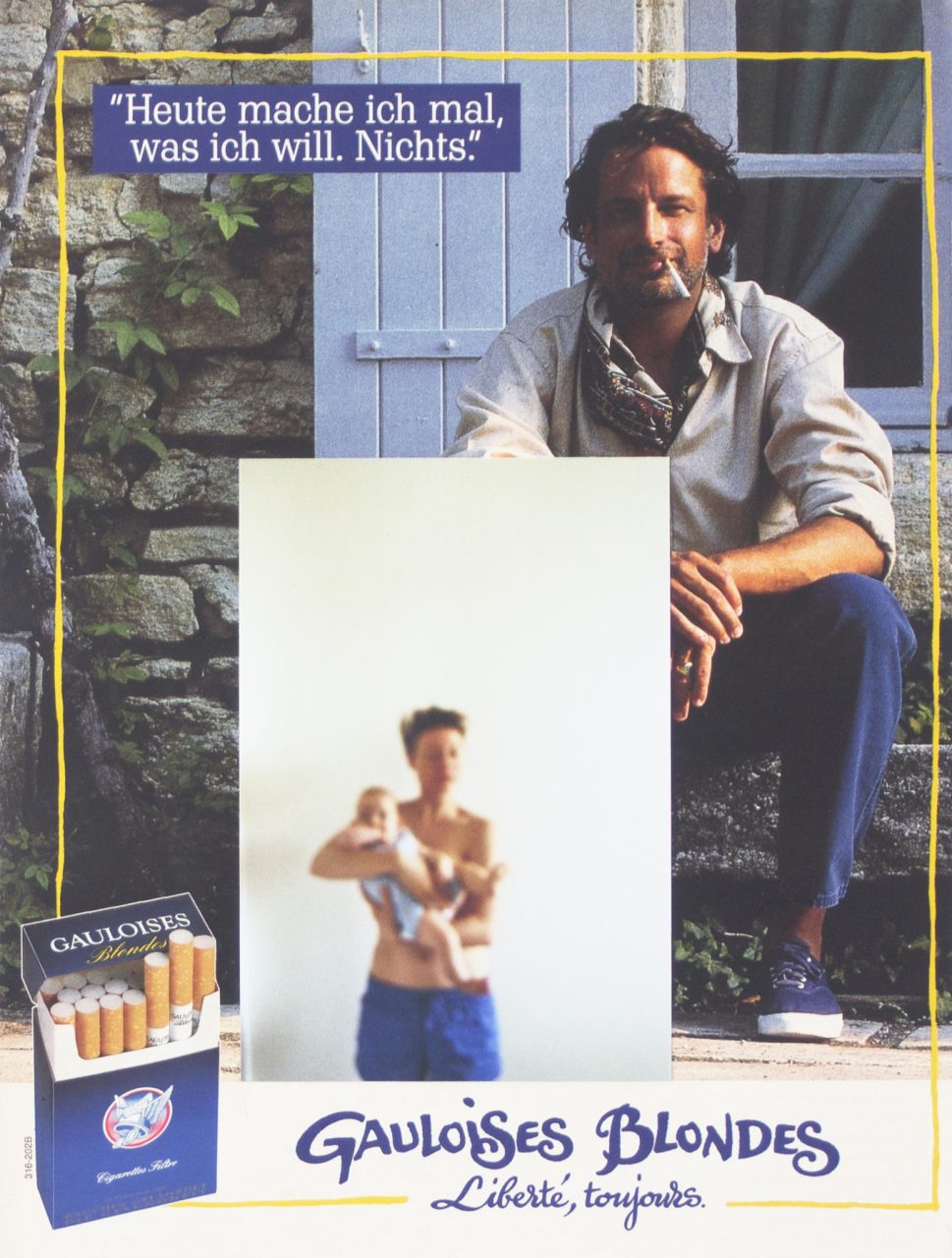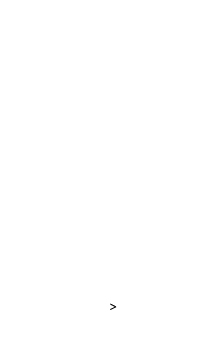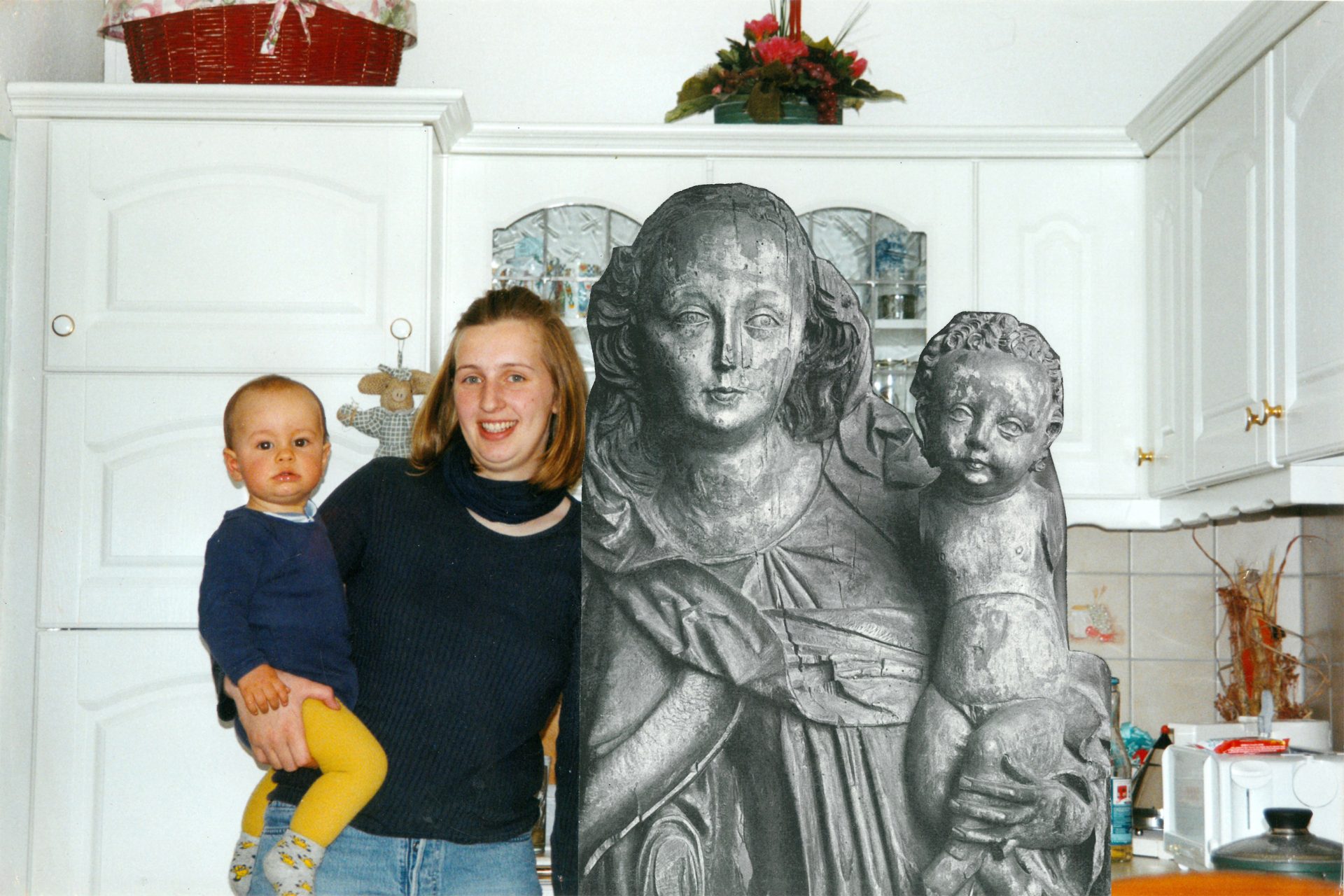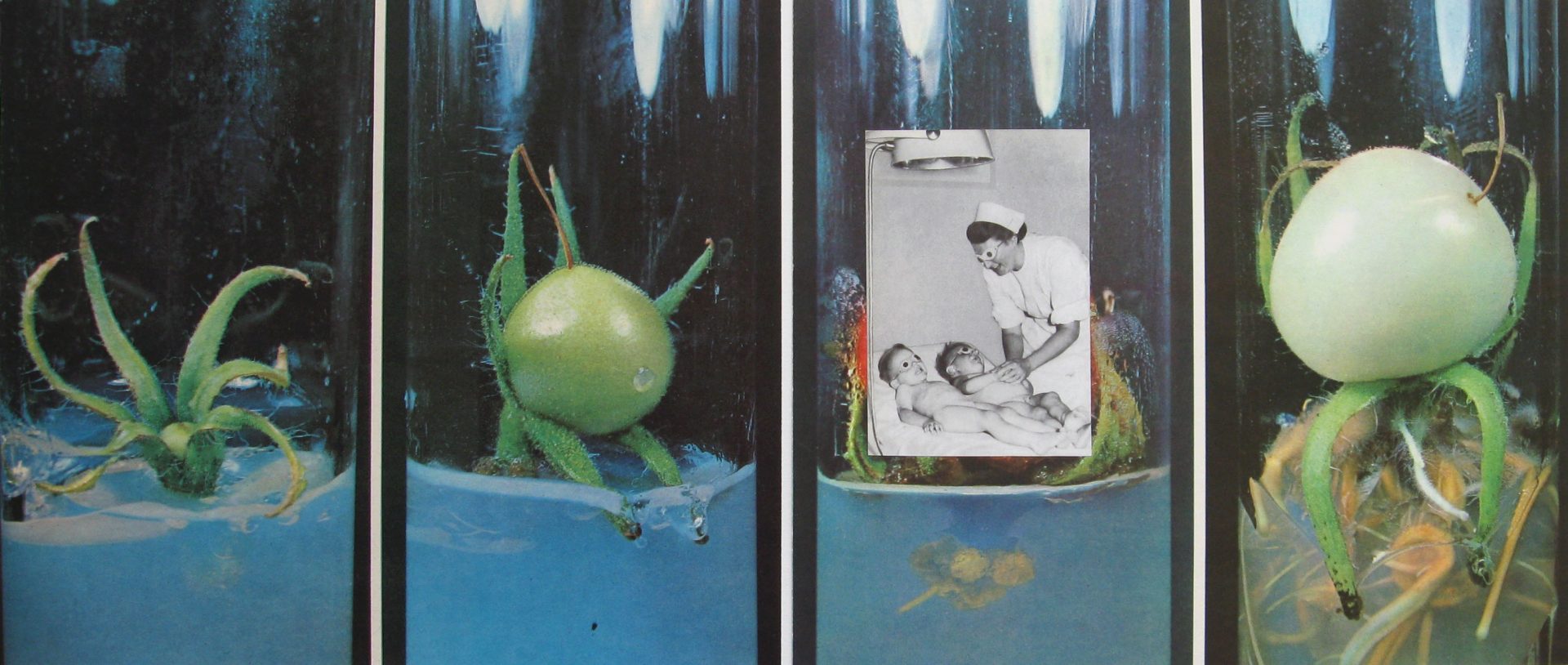2015 // Collagen, im Auftrag von Anna Barth
see English version below
Gespräch mit Anna Barth (Auftraggeberin), Juli 2015
Anna Barth: Du bist keine Mutter und ich bin eine Mutter; das hat sich wunderbar getroffen, weil es eine Reflexion möglich macht, die ich allein gar nicht mehr leisten kann. Du bist aus deiner Perspektive an die Collagen zu dem Thema herangegangen und hast Fragen gestellt. So konnte ich mich wieder zurückerinnern und erst dann wurde für mich die Veränderung wirklich erfahrbar.
Der Hinweis, dass du dich da mit Sexualität auseinandersetzt, war total wichtig. Er hat einen Gedanken für mich dreidimensional werden lassen, der sehr lange nicht vorhanden war. Ich habe mich zwar immer gefragt, was das Muttersein jetzt mit mir gemacht hat. Ich hätte mir gewünscht, dass jemand mir diese konkrete Frage gestellt hätte: Was hat das mit deiner Sexualität gemacht? So konnte ich sie mir selbst nicht beantworten, aber dadurch, dass du mit dieser Position gekommen bist, konnte ich wiederum Ansätze finden.
Und ich konnte das Muttersein auch wiederum ein bisschen lösen von festen Vorstellungen. Zum Beispiel in Bezug auf das Bild der Brust. Im Hintergrund der Collage mit Mutter und Kind – oder älterer Frau und Mädchen – sind ganz viele unterschiedliche Brüste zu sehen. Die werden in diesem Bild wieder zur Brust, nicht zur Stillbrust, aber auch nicht zum Sexorgan. Alles hat sich wieder ein bisschen beruhigt, einfach in Form eines Bildes der Brust.
Julia Kiehlmann: Wie die beiden sich einander zuwenden, da musste ich auch an den Bechdel-Test für den Grad der Stereotypisierung weiblicher Figuren in Spielfilmen denken.
„The Bechdel Test […] is a simple test which names the following three criteria: (1) it has to have at least two women in it, who (2) talk to each other, about (3) something besides a man. The test was popularized by Alison Bechdels comic Dykes To Watch Out For, in a 1985 strip called The Rule.“1
„Mutter“ war jetzt kein Thema, von dem ich dachte, dass mir da so viel kommt. Auf der Suche nach Bildmaterial hat mein Auge mich immer wieder damit überrascht, woran es hängen geblieben ist. So sind die Minimalcollagen – oder Rätsel – entstanden.
AB: […] Ich mag deine Arbeiten und besonders die Collagen so gern, weil ich darin auch immer etwas Abgründiges sehe, etwas Morbides, der Verwesung nah.
JK: Herbstlich – so hat jemand meine Arbeit mal genannt. Ist ja auch Verfall.
AB: Das ist auch Verfall, aber das klingt noch ziemlich neutral, ich würde da schon stärker –
JK: Spätherbst.
AB: Etwas Abgründiges – bis in die Gruft. Und auch aus dieser Perspektive, muss ich im Nachhinein feststellen, finde ich es gut, dass ich dir den Auftrag erteilt habe. Dieser Aspekt ist noch viel zu wenig besprochen, was denn eigentlich für Komplexe und Abartigkeiten im Muttersein stecken. Das sieht man jetzt nicht direkt in den Bildern, aber es gibt Anspielungen, wie Maden im Hintergrund. Das ist halt nicht als Provokation da, sondern tatsächlich als Thema, als Problematik, nicht bloß um zu schocken, sondern als ein Aspekt – als ein Bild der Gefühlswelt. Das finde ich sehr gut.
[…]
1 http://bechdeltest.com/, 9. September 2015
__________________________________________________
Mother // 2015 / Collages, commissioned by Anna Barth
Interview with Anna Barth (commissioner), July 2015
Anna Barth: I am a mother and you are not; this enables a reflection that I alone can no longer make. You approached the subject in the collages from your perspective and asked questions. That way I could remember again and only then the change became really tangible for me.
The hint that you were dealing with sexuality was very important. This indicated something which I could not pinpoint for a very long time. I have always wondered how motherhood has changed me. I wish someone would have asked me this specific question: What has this done to your sexuality? I couldn’t answer it for myself, but when you came up with this position, I was able to find approaches again.
It also helped me to free myself from fixed ideas of motherhood. For example in regard to the image of the breast. In the background of the collage with mother and child – or older woman and girl – there are many different breasts. In this picture they become breasts again, not breastfeeding breasts, but not sex organs either. Everything has calmed down a bit again, simply in the form of a picture of the breast.
Julia Kiehlmann: The way the two turn towards each other made me think of the Bechdel test for the representation of women in fiction films.
„The Bechdel Test, […] is a simple test which names the following three criteria: (1) it has to have at least two women in it, who (2) talk to each other, about (3) something besides a man. The test was popularized by Alison Bechdels comic Dykes To Watch Out For, in a 1985 strip called The Rule.“1
„Mother“ was not a subject by which I thought I would be particularly inspired. In my search for material, my eyes kept surprising me with what they connected to the theme. This is how the minimal collages – or puzzles – came about.
AB: […] I like your works and especially the collages so much, because I always see something unfathomable, something morbid, close to decay.
JK: Autumnal – someone once called my work that. Which is decay.
AB: That’s decay, too, but that sounds rather neutral, I would put it –
JK: Late autumn.
AB: Something abysmal – all the way down to the crypt. And also from this perspective, I have to say in retrospect, I think it’s good that I gave you the assignment. This aspect has not yet been discussed enough, what kind of complexes and freakishness motherhood actually contains. You can’t see this directly in the pictures, but there are allusions, like maggots in the background. These images are not there as a provocation, but as a theme, as a problem, not just to shock, but as an aspect – as an image of the emotional world. I find that very good.
[…]
1 http://bechdeltest.com/, 9 September 2015
